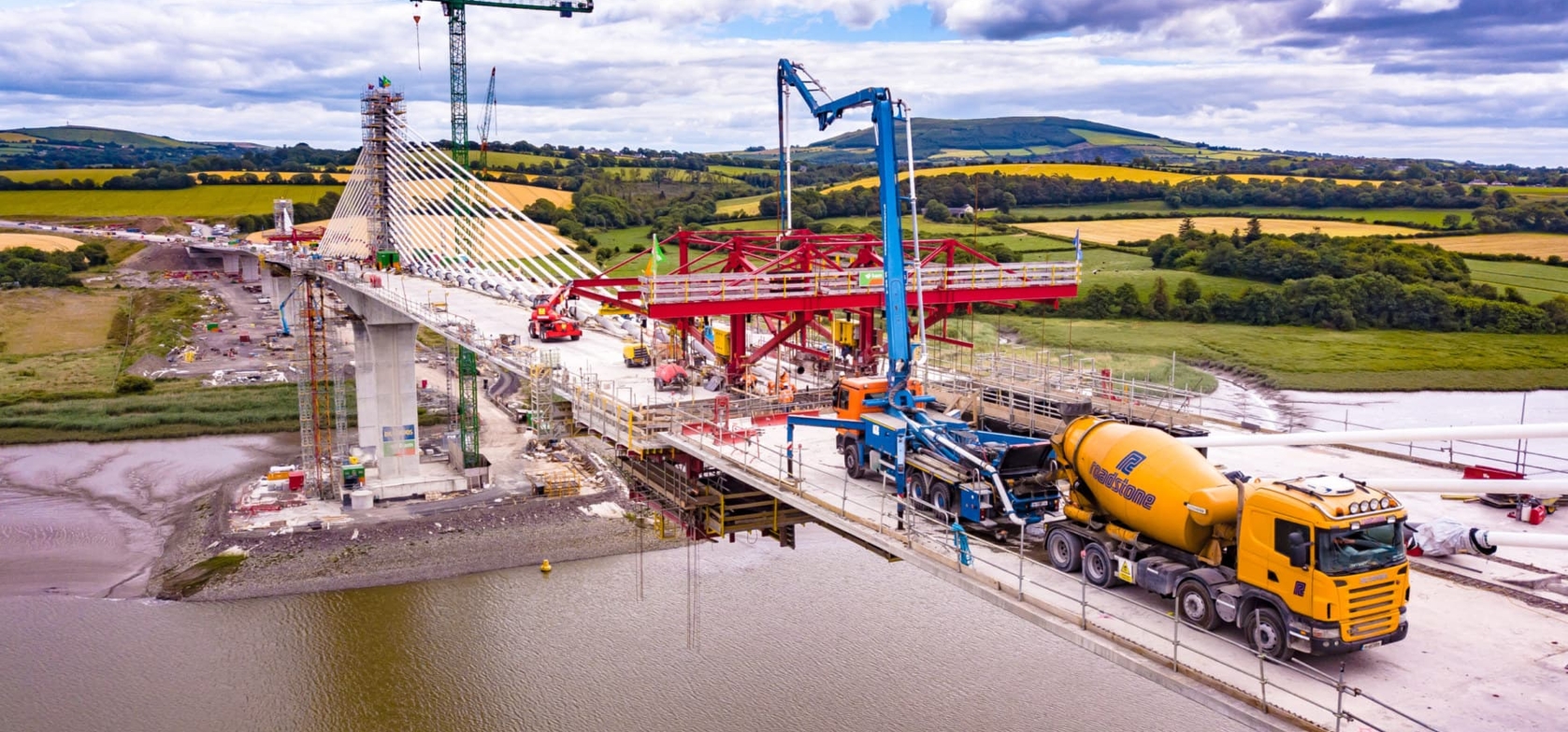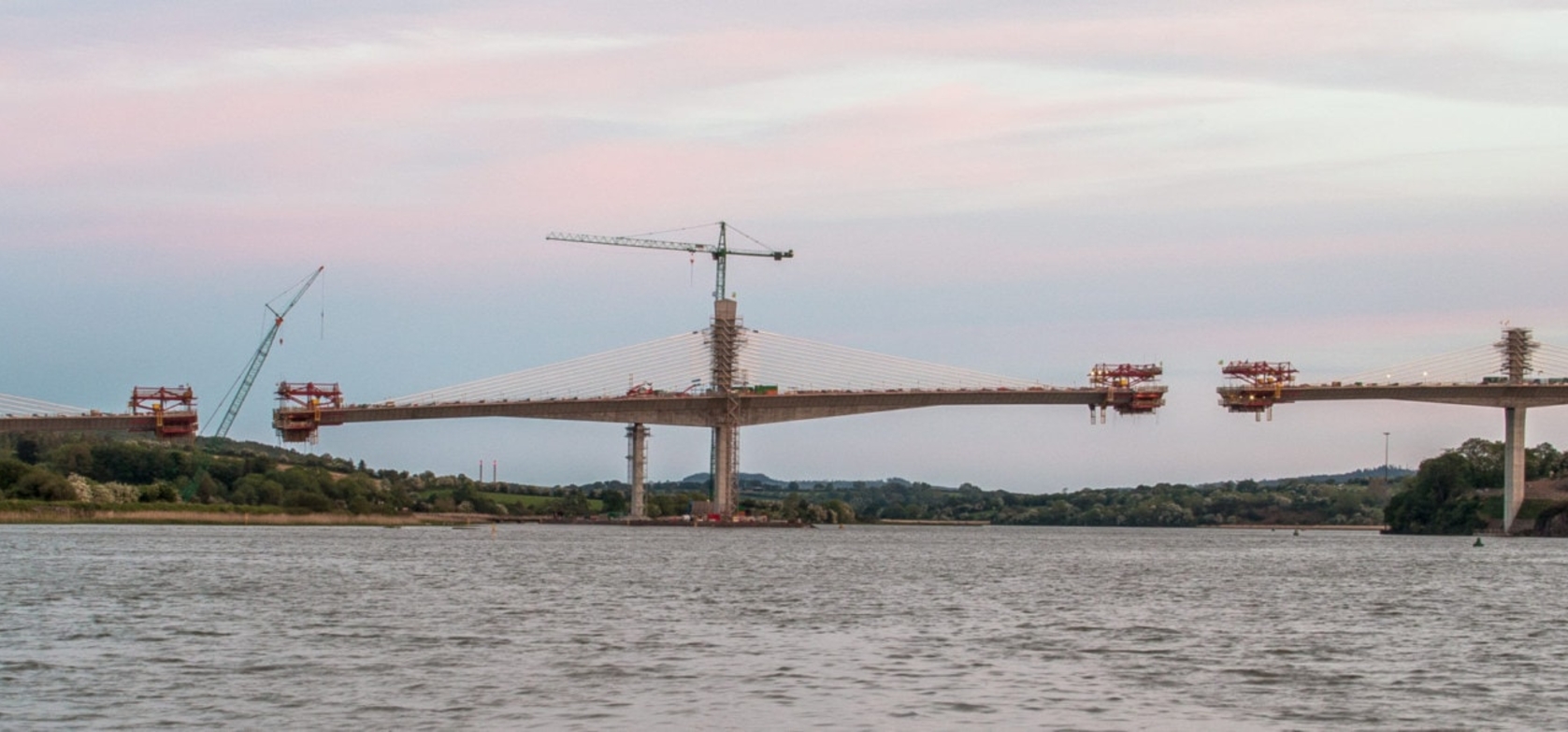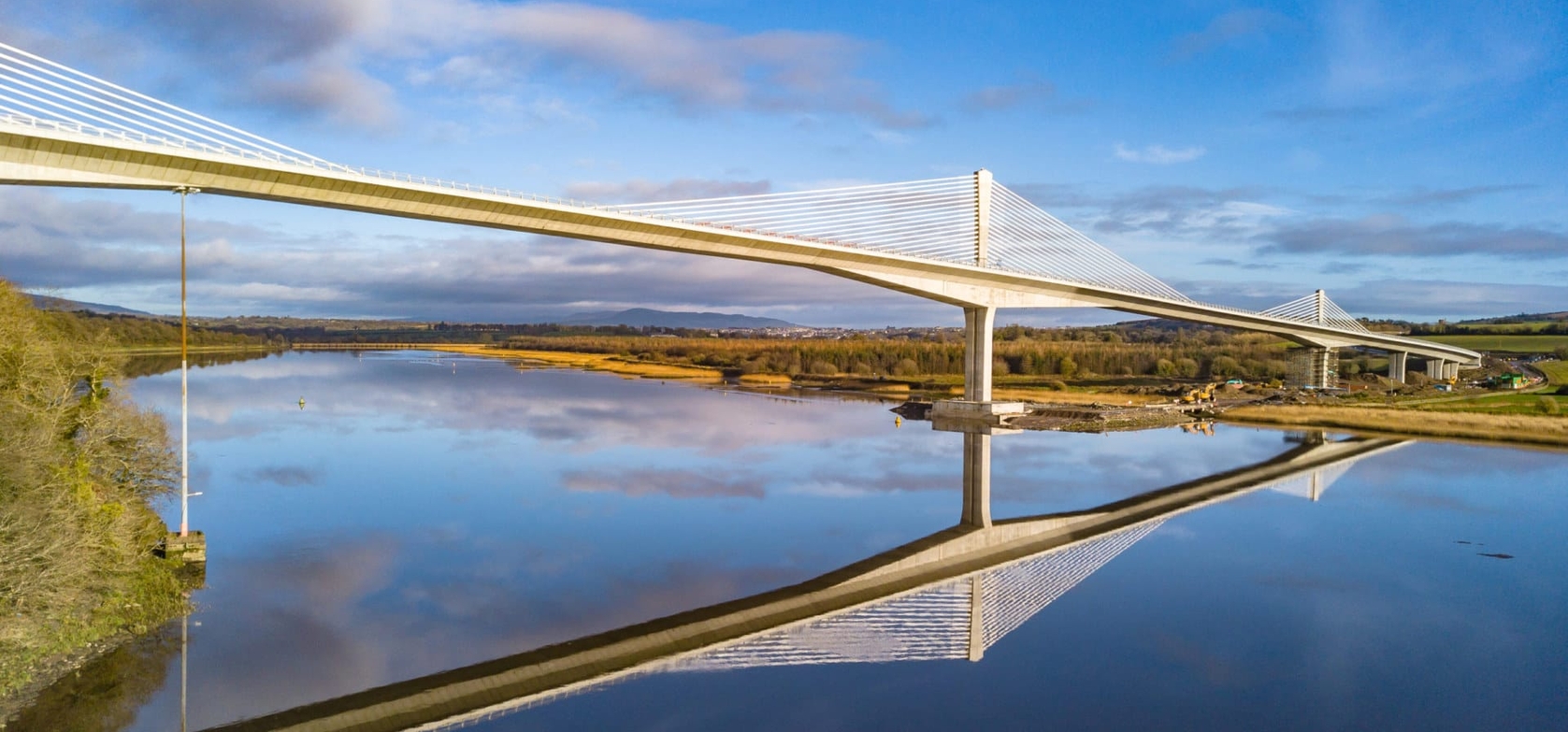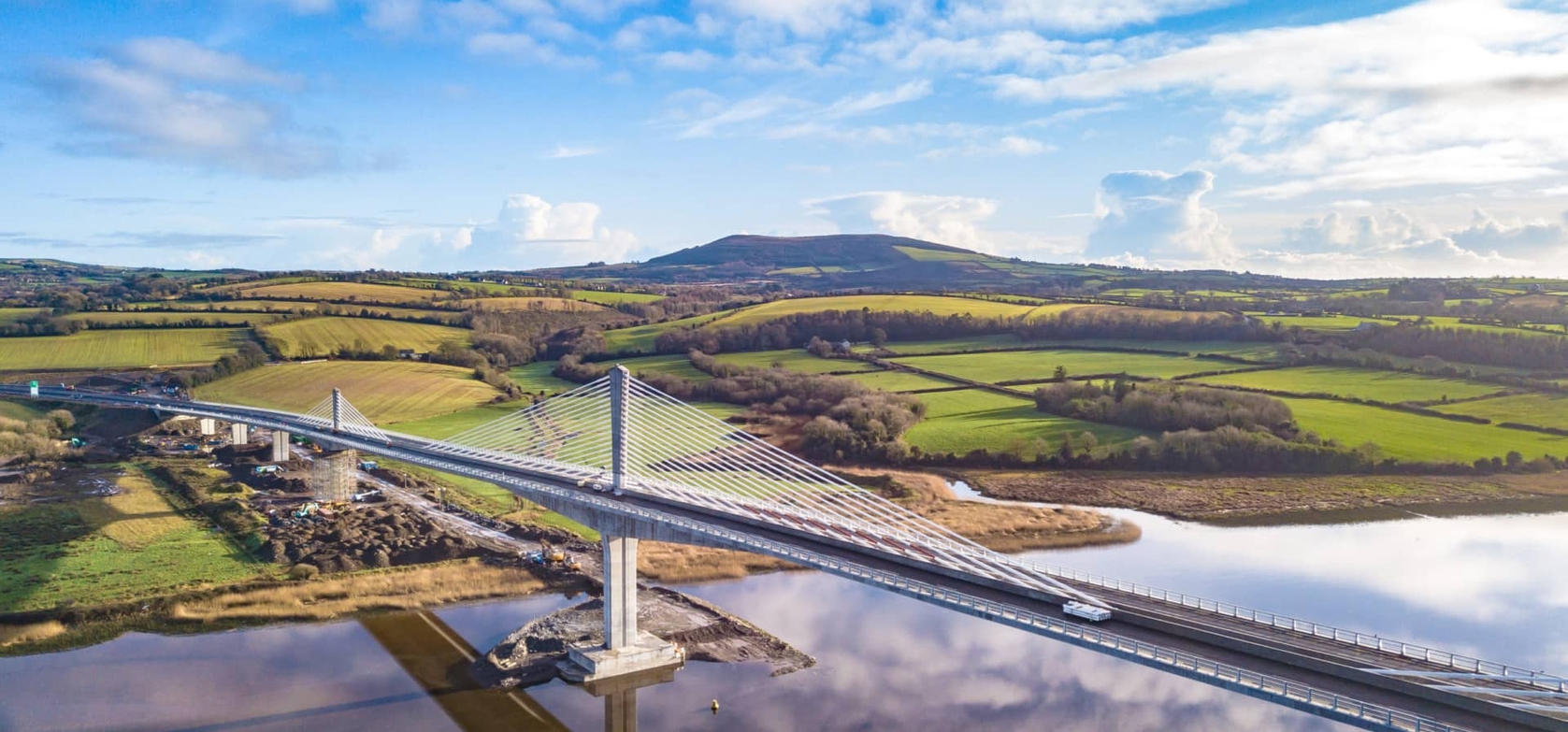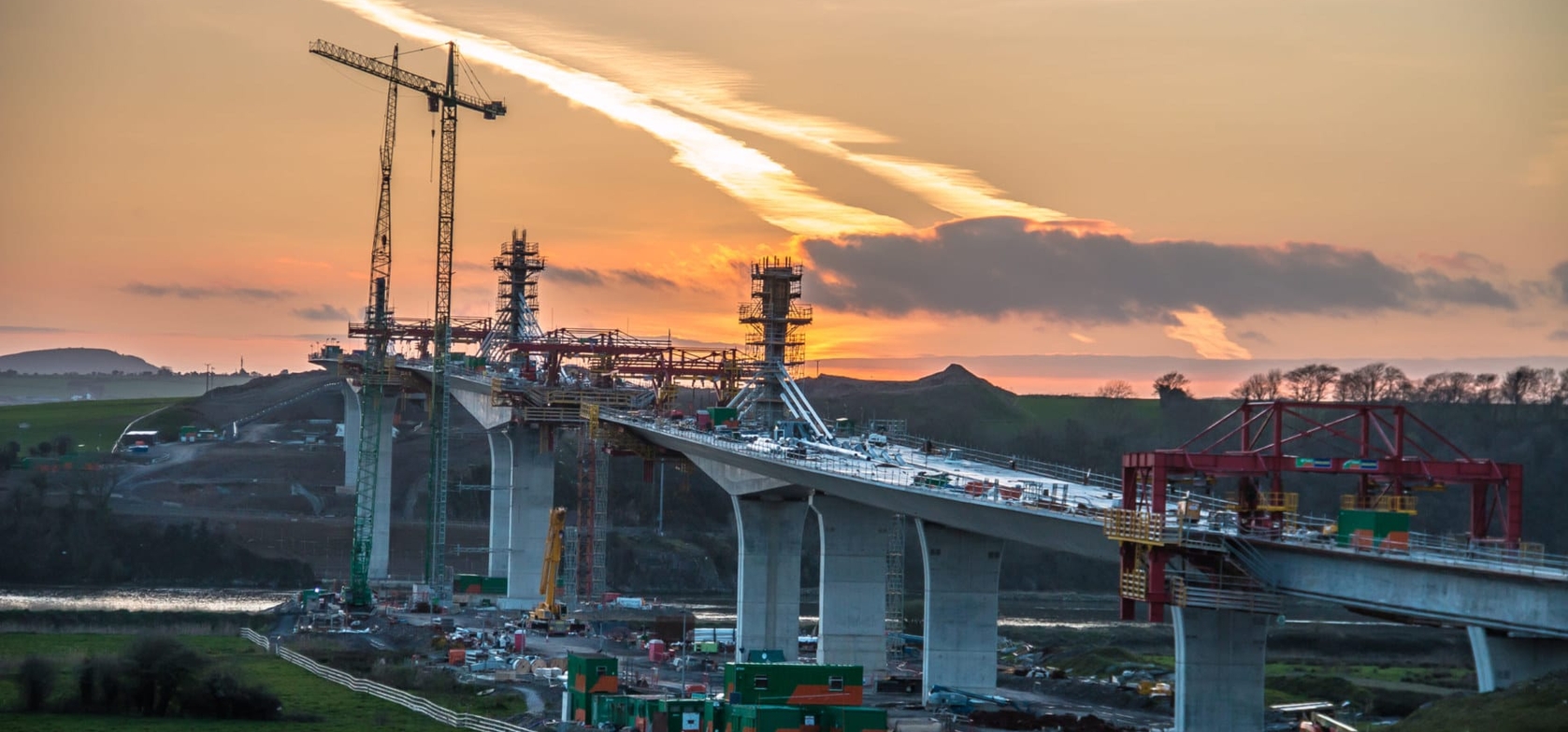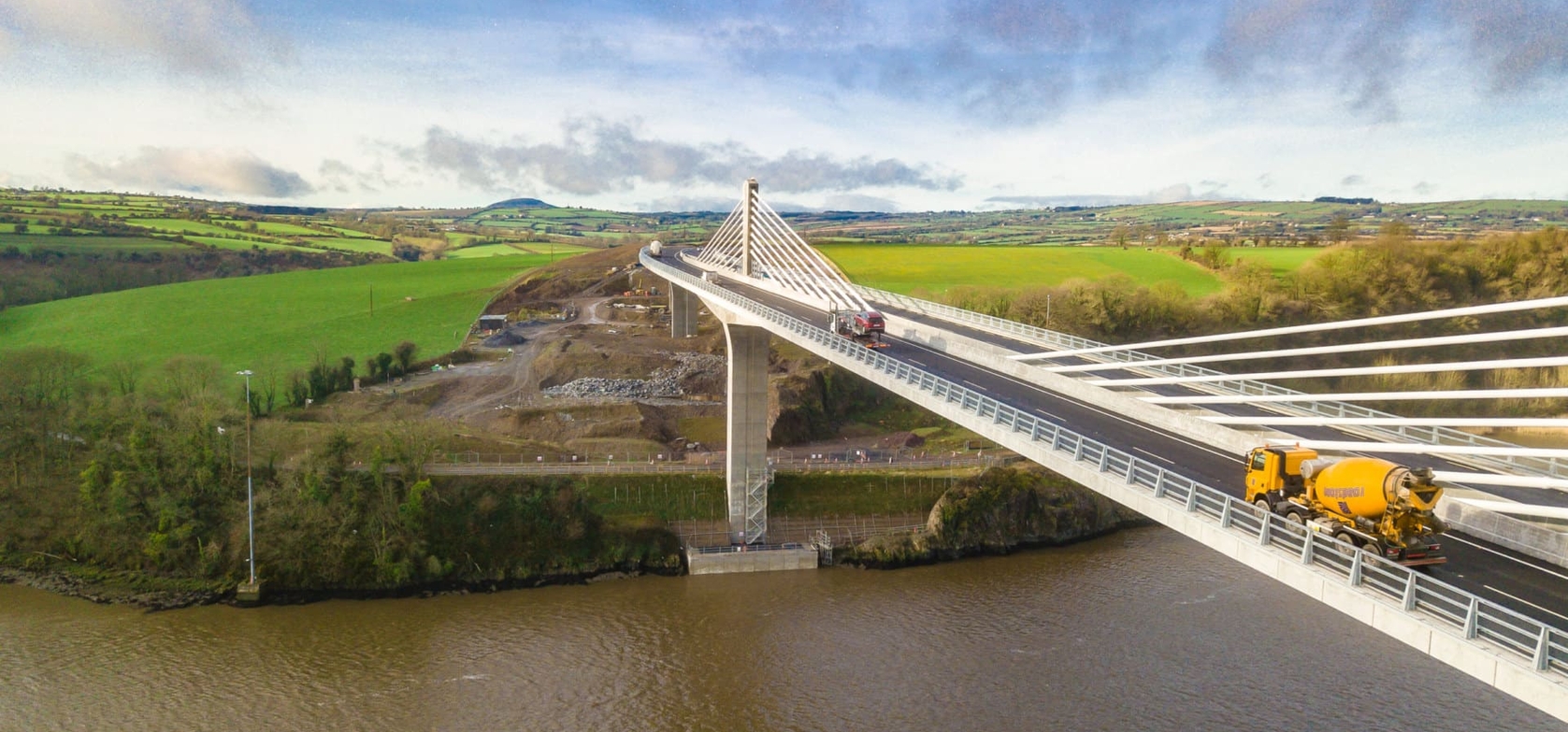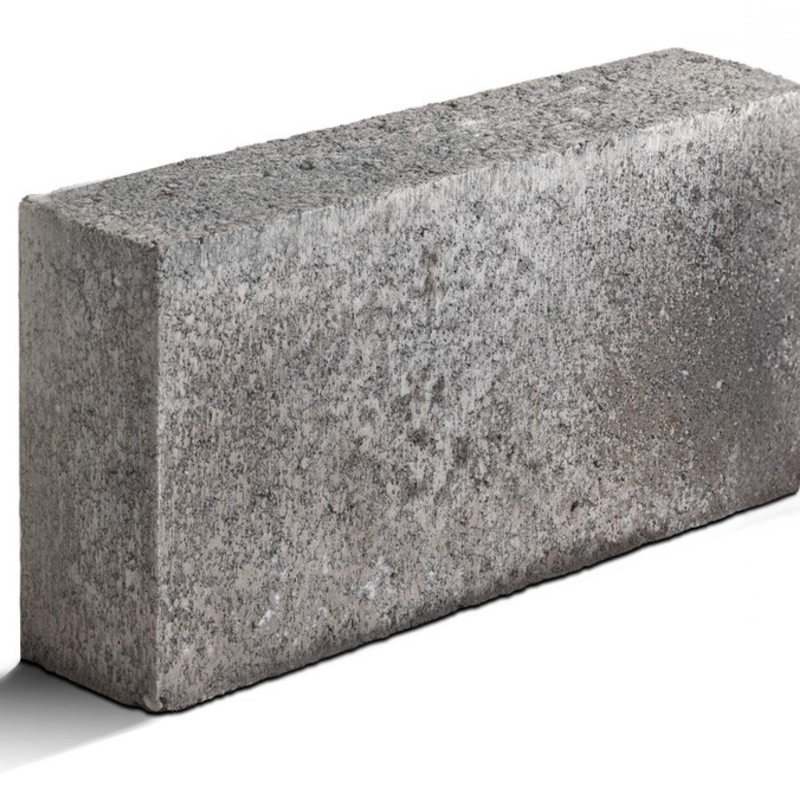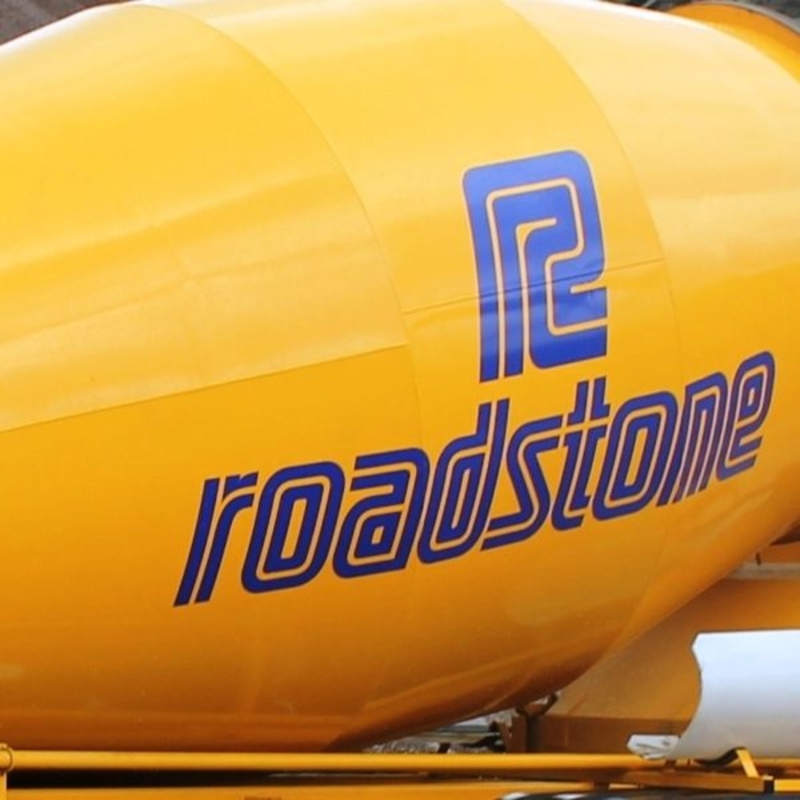High Strength Concrete Used to Develop Key Infrastructural Link
A key infrastructural link for the south east will form the focal point of the New Ross bypass. The Rose Fitzgerald Kennedy Bridge is a three tower 887m long extrados bridge, the longest of its type in the world.

Extending more than 300m over the River Barrow and with a 36 metre clearance the bridge is a key link for the surrounding communities and also for shipping navigation to the port of New Ross.
Extrados bridges are noted for their lower tower heights when compared with conventional cable stayed bridges. While aesthetically pleasing such an approach puts additional demands on the materials that make up the bridge with higher strength concretes typically required.
This has resulted in the use of high strength concrete mixes including C50/60, C60/75 and C80/95. While the use of C50/60 concrete is relatively common, the use of C60/75 and in particular C80/95 concretes in Ireland is rare, and seldom has such concrete been used to the scale required for this bridge.
Through the use of the Roadstone’s research and development laboratory in Dublin a wide range of trials were conducted to assess both the plastic and hardened properties of the concrete mixes including workability, workability retention and compressive strength.
Upon the completion of laboratory trials, operational trials were conducted to further assess the plastic and hardened properties. In addition Roadstone worked with other parties involved in the construction of the bridge to assess other parameters such as the pumpability of the different mixes.
Featured Products

Roadstone has designed these high strength concrete mixes for which in excess of 90% of the constituent materials were produced locally. The aggregates were sourced from Roadstone’s Kilmacow quarry in south Kilkenny and cement was sourced from Irish Cement’s Platin Works.
In excess of 4,500m³ of C80/95 concrete alone was supplied to the Rose Fitzgerald Kennedy Bridge.
